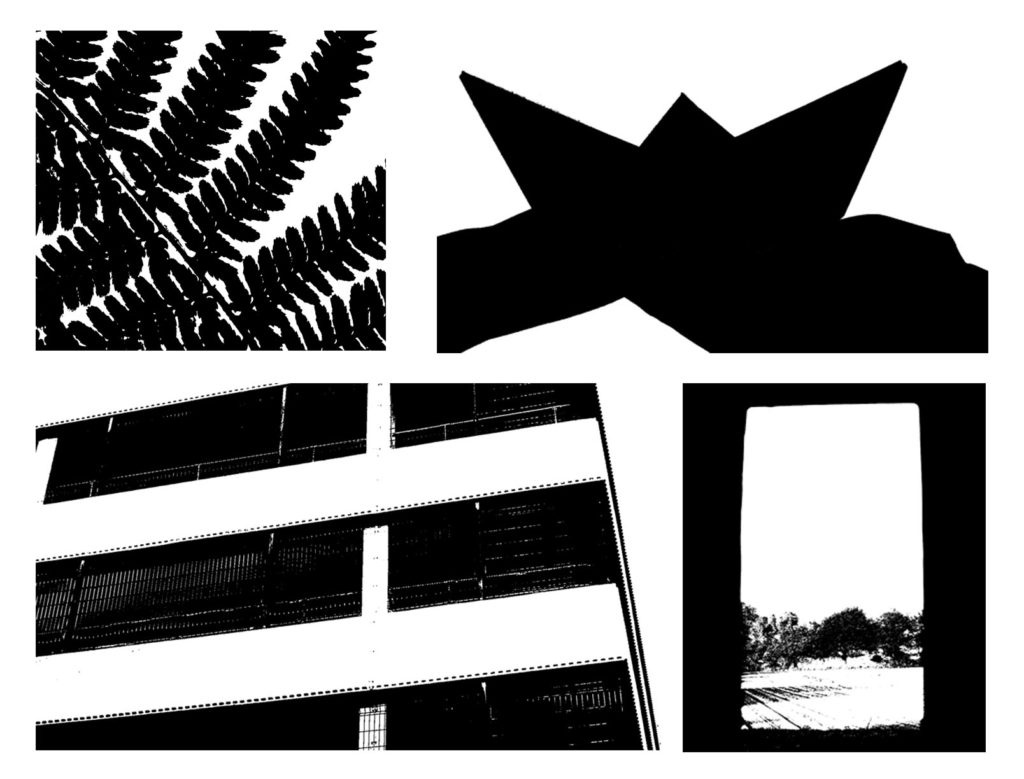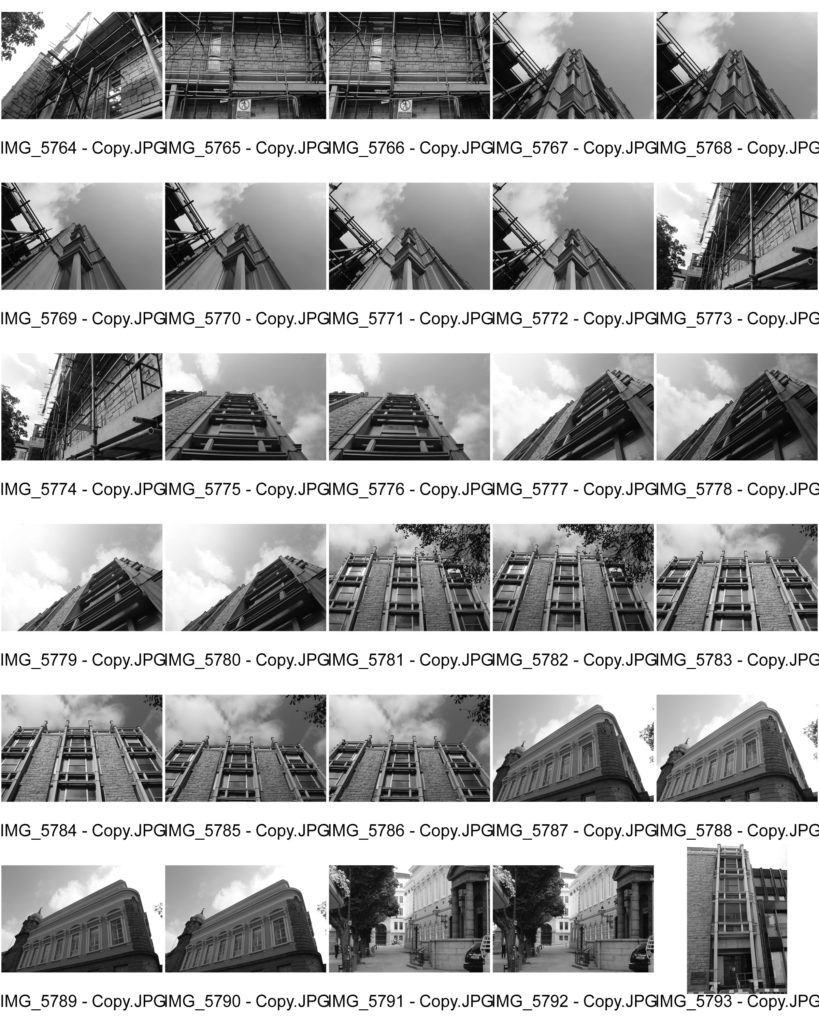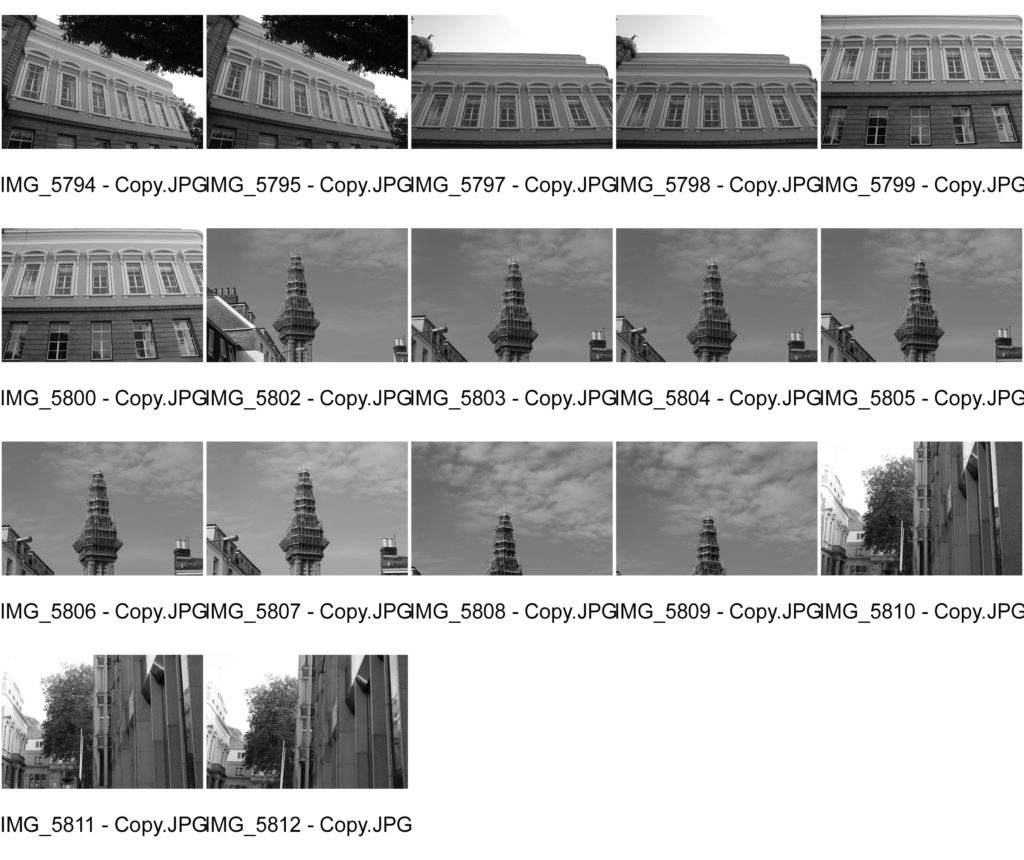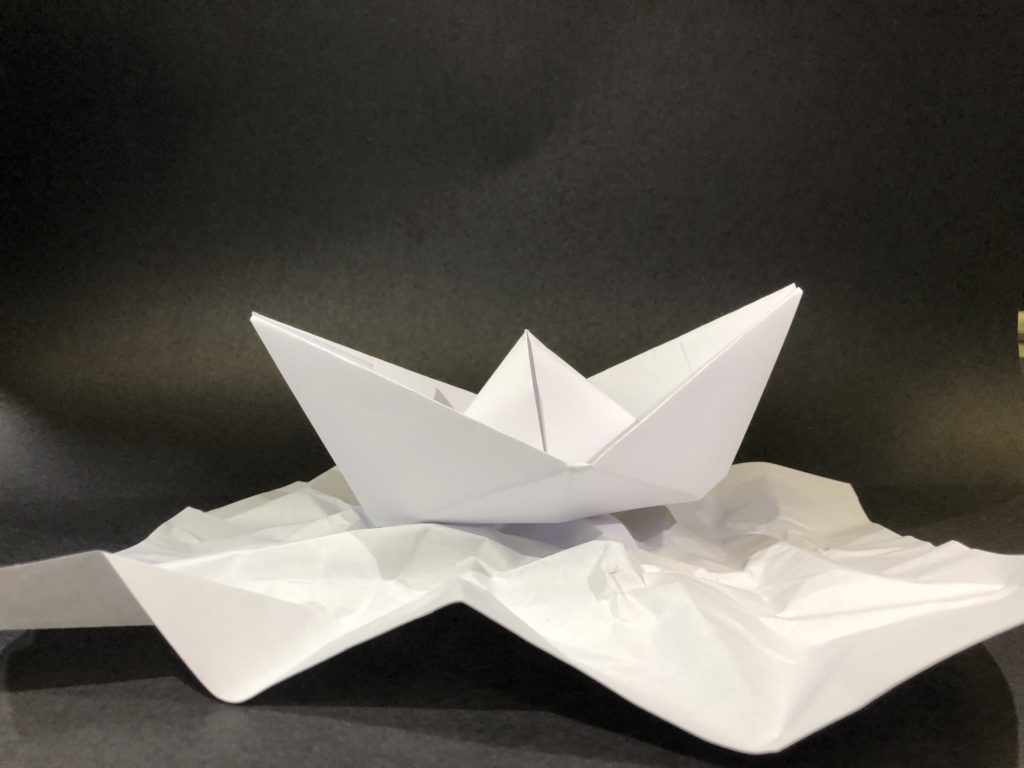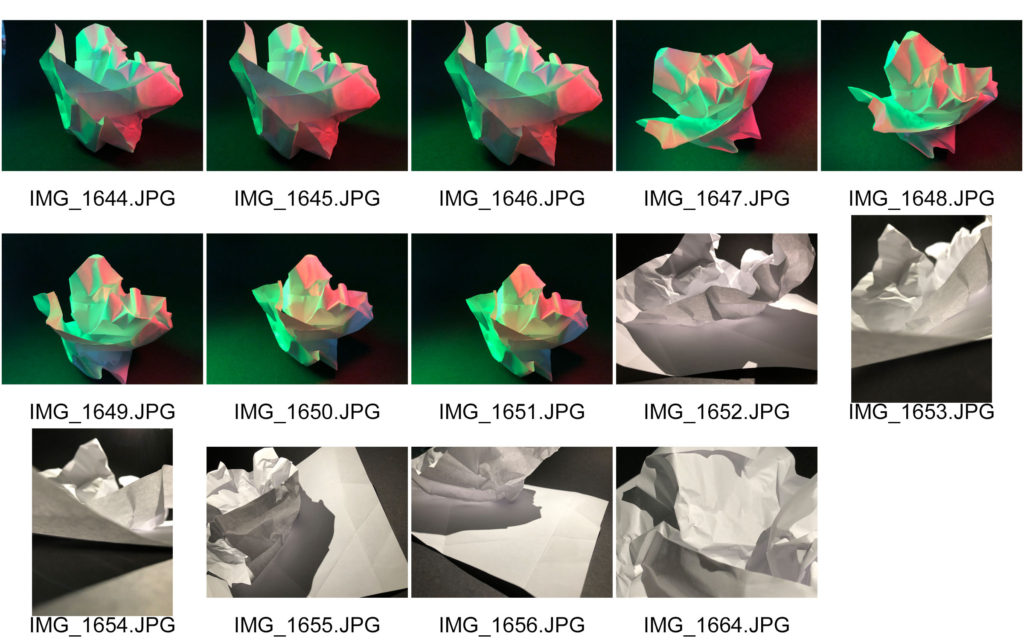Keld Helmer-Petersen
Keld Helmer-Petersen was a Danish photographer who was inspired by Albert Renger-Patzsch. He became famous through his colour photographs but he also published several books of black and white images that explore dramatic contrasts of tone. Some of these photos were only black and white without any tones as they had been removed.
Helmer-Petersen published his first photobook, “122 Colour Photographs” in 1948. His work was then noticed for its inventive photos, which he turned landscapes and buildings into abstract patterns. He embraced coloured photos as black and white photos were only seen as being serious.

My interpretation

Firstly i picked out 5 images which I liked and then I changed the lighting by using threshold, after doing that one of the images didn’t respond well and it turned into a black smudge. I then cropped the images to cut out some of the smudged areas and focus on the silhouette. With the photo of the boat i decided to invert the image and focus on the boat being black instead of white as that’s what Helmer-Petersen focused on, there were also some white dots so I used the black pen to colour them out.
